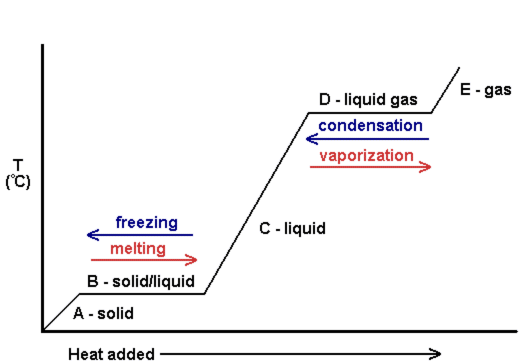We also used a pressure machine. Basically, it sucked all of the atmospheric air out of a canister. When you put a tied balloon in there, it got bigger. The same thing happened with marshmellows (but after withdrawing the marshmellows, they became shriveled up). Another interesting experiment proved that lack of air, or a vacuum, did not carry sounds. We put a dinging doorbell into the pressure machine, sucked out the air, and voila - the ringing stopped!
By the way, I found this column on vacuums quite interesting. I'm assuming you would probably feel the same. I also learned that something sticks to something, for example a suction cup on a shower glass door, works because of the atmospheric pressure pressing against the cup and creating a vacuum. The force of a vacuum is really strong. When you suck the air of something, it becomes very hard to open it.
Fun Fact: Toricelli, inventor of the mercury barometer, was one of the first inventors who sustained a vacuum.

The machine used looked something like pictured above, just simpler.




